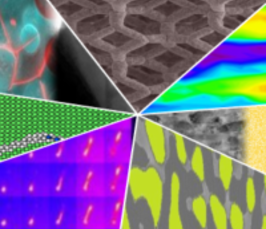Grain boundary-based plasticity: shear coupling migration and disconnections
- Date: Jul 12, 2022
- Time: 03:30 PM - 04:30 PM (Local Time Germany)
- Speaker: Prof. Nicolas Combe
- Centre d’Élaboration de Matériaux et d’Etudes Structurales" (CEMES/CNRS) in CNRS
- Location: Virtual Lecture
- Host: on invitation of Dr. Tobias Brink and Prof. Gerhard Dehm

Where: virtual on Zoom (link follows)
In specific conditions, grain boundary (GB) migration occurs in poly-crystalline materials as an alternative vector of plasticity compared to the usual dislocation activity. The shear-coupled GB migration, the expected most efficient GB based mechanism, couples the GB motion to an applied shear stress. For a given GB, several migration mechanisms referred as coupling modes can operate. Both experimental and theoretical studies have evidenced that the migration of the GB occurs through the nucleation and motion of disconnections [1-3]. Disconnections are GB defects that have both a step and a dislocation (Burgers Vector) character. They can homogeneously [4-5] or heterogeneously [6,7] nucleate.
We use atomistic simulations (especially the Nudge Elastic Band method) to evidence these disconnections and to characterize both their structural and energetic properties. In this presentation, I will focus on the various coupling modes and their associated disconnections. I will show how the GB crystallography (dichromatic pattern) can help to understand the operation of a given coupling mode [8]. I will address the case of inhomogeneous disconnection nucleation [6]. I will end this presentation discussing some recent results of the literature on entropic effects on the GB migration activation energy and examining the possibility to investigate the influence of the GB phase on the GB migration.